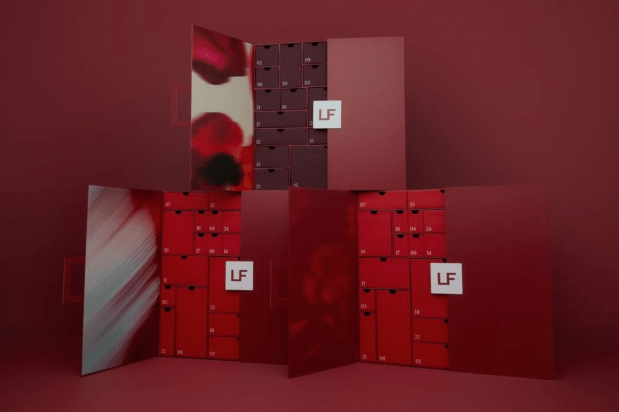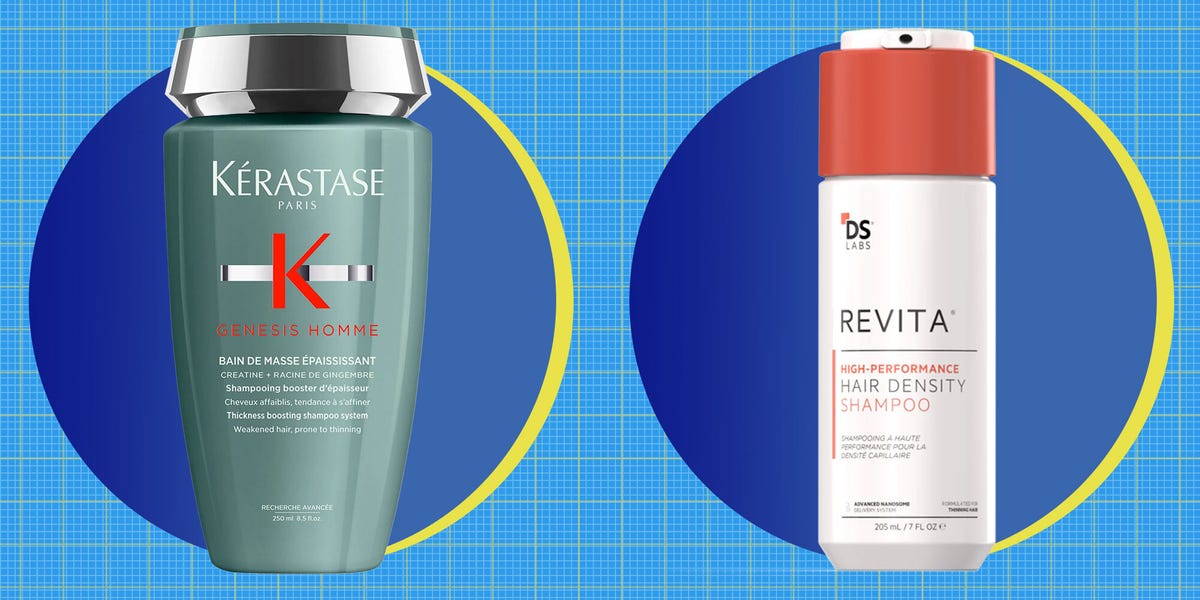Summary
Scouted/The Daily Beast/Andrii Lemelyaneko/Getty.Scouted selects products independently. If you purchase something from our posts, we may earn a small commission.Walk into any upscale med spa these days, and youre likely to encounter the beauty industrys latest obsession: exosomes. These microscopic cellular messengers are being touted as the next big thing in hair restoration, promising to reverse thinning locks without the side effects of traditional treatments like minoxidil. But beneath the glossy marketing claims lies a more complex reality, one where legitimate science mingles with regulatory gaps and (some) unsubstantiated hype. Right now theres a lot of hype, with various companies jumping on the bandwagon to make a quick buck, but theres also a growing body of research, says Dr. Jessica Wu, a Beverly Hills dermatologist, author, and authority on regenerative medicine, who offers exosome treatments in her practice. The question facing consumers: How do you separate science from snake oil? Read more at The Daily Beast.
Source: The Daily Beast

AI News Q&A (Free Content)
Q1: What is exosome therapy, and how does it contribute to hair loss treatment?
A1: Exosome therapy is a regenerative treatment that uses stem cell-derived exosomes to stimulate hair follicles and encourage new hair growth. Exosomes, which are small vesicles containing proteins, lipids, and growth factors, are injected into the scalp to promote hair regeneration. They deliver essential cellular instructions, aiding in cell regeneration and process initiation, thereby optimizing the hair growth cycle, providing anti-inflammatory effects, and supporting blood vessel formation.
Q2: What are the potential benefits and challenges of using exosome therapy for hair loss?
A2: Exosome therapy offers several potential benefits for hair loss treatment, including optimizing hair growth cycles, reducing inflammation, supporting blood vessel formation, and increasing exposure to growth factors. However, challenges include the need for more comprehensive clinical trials to fully understand its safety and efficacy, as limited data is currently available on human subjects.
Q3: How does the regenerative beauty industry integrate sustainability and innovation?
A3: The regenerative beauty industry integrates sustainability by adopting practices that restore natural ecosystems and reduce environmental impact. Innovations include lab-grown ingredients like collagen and peptides, which mimic natural compounds to rejuvenate skin without depleting natural resources. AI-driven diagnostics and regenerative, bio-based ingredients further enhance personalization and reduce waste.
Q4: What scientific evidence supports the use of exosomes in dermatology and hair loss treatment?
A4: Scientific studies suggest that exosomes can fuel hair growth by stimulating dermal papilla cells, activating hair follicle stem cells, and promoting angiogenesis. Exosomes have shown promise in treating various skin diseases and alopecia due to their regenerative properties. However, more clinical trials are needed to establish their safety and efficacy in human subjects.
Q5: In what ways could exosome therapy revolutionize the treatment of skin diseases?
A5: Exosome therapy could revolutionize skin disease treatment by offering a targeted approach to modulate the immune response and promote tissue regeneration. Exosomes transport biological molecules, including microRNAs, to reduce symptoms like scaling and erythema in conditions such as psoriasis and atopic dermatitis. Their potential for targeted delivery offers a promising avenue for future treatments.
Q6: How does the rise of regenerative beauty reflect a shift in consumer expectations?
A6: The rise of regenerative beauty reflects a shift towards products that not only improve cosmetic appearance but also prioritize environmental responsibility. Consumers increasingly demand transparency and sustainability, leading to innovations in lab-grown ingredients and regenerative practices. This trend aligns with ethical values and the growing desire for products that contribute to overall well-being.
Q7: What are the current regulatory and scientific challenges facing the adoption of exosome therapy in mainstream dermatology?
A7: The adoption of exosome therapy faces challenges such as regulatory gaps, limited clinical trial data, and the need for standardized protocols to ensure safety and efficacy. There is a need for comprehensive studies to address potential adverse effects and to establish guidelines for exosome production and application. The integration of these therapies into mainstream dermatology will require overcoming these hurdles.
References:
- Follicular drug delivery
- Immunological mechanisms and immunoregulatory strategies in intervertebral disc degeneration
- Ultrasound-based Control of Micro-Bubbles for Exosome Delivery in Treating COVID-19 Lung Damage
- Exosome treatment for hair loss
- Exosomes for hair loss
- Exosomes hair loss therapy vs PRP hair loss treatment
- Regenerative beauty: The sustainable trend to watch for 2025
- Beauty Innovations: 5 Trends Redefining the Consumer Experience






